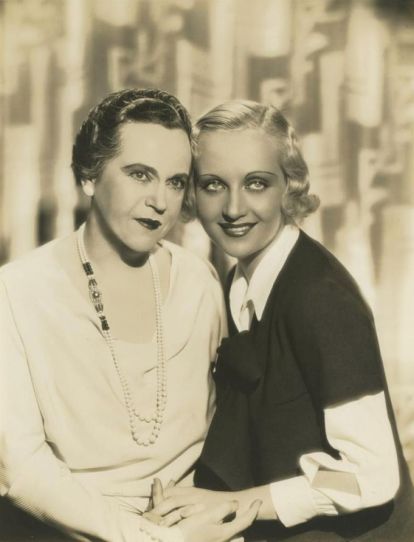
When Carole Lombard received an Oscar nomination for My Man Godfrey, she was asked where her talent for screwball comedy came from. On the surface, Carole’s own early life had been much like the one her character Irene Bullock lived. She was likely expected to answer that the role came naturally to her because of her youth. But instead she replied with a surprising answer–the character of Irene Bullock, she felt, had a sense of tragedy about her. She never specified what that tragedy was that she saw in Irene Bullock, in much the same way that Carole rarely spoke about the complexities of her childhood experiences in Fort Wayne, Indiana. Those childhood experiences, the good and the bad, served as the underlying inspiration for her portrayal of Irene Bullock and also formed the foundation of her bond with her mother, Bess Peters.
This past weekend, I attended Kimberly Truhler’s pre-code Style and Sin lecture at the Egyptian Theatre in Hollywood. These presentations are extremely popular, drawing crowds from the classic film world and the style world alike, as Kimberly delivers talks on the fashion of pre-code Hollywood and how it has influenced the styles of today. This past weekend focused on the fashion and films of Carole Lombard, with a double feature following of Virtue and Twentieth Century. I knew that I couldn’t miss it, so I came down to Los Angeles for the event.
As Kimberly spoke about Carole Lombard’s childhood, it dawned on me that very little has been written about the strong bond that existed between Carole Lombard and her mother. It was a bond that grew out of a hardship barely visible to outsiders, but that marked Carole in ways that she rarely let show.
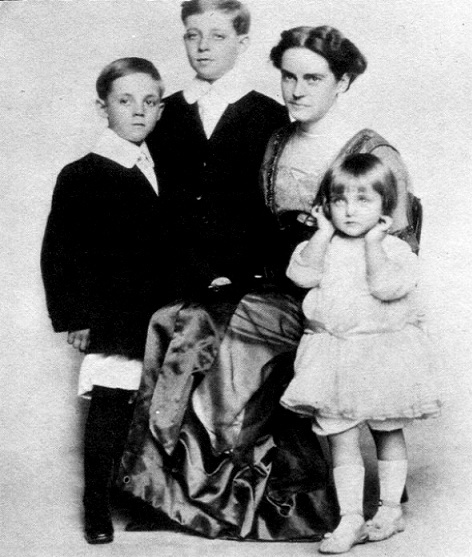
Bess Peters gave birth to her daughter, born Jane Alice Peters, in Fort Wayne, Indiana on October 6, 1908. She was the third and youngest child of Bess and her husband, Frederic “Fred” Peters, whose family had become wealthy selling hardware. Bess was from a prominent Fort Wayne family herself, with old money that merged with Fred’s new to provide a very comfortable home for Jane and her two older brothers, Frederick Jr. and Stuart. The three grew up climbing trees and playing sports, with Jane right alongside her older brothers and showing great promise as an athlete.
The elder Frederic Peters had suffered an elevator accident before he married Bess, and it left him with a permanent leg injury and horrendous headaches that affected him so much that his moods changed and he turned violent. While it is not known what happened inside the home, the family was terrified of his headaches. It is thought that Fred was abusive to Bess, and the children witnessed it. “Contrary to the general notion,” Carole said in an interview with Sonia Lee in 1934, “I haven’t had an easy time. I had a horrible childhood because my parents were dreadfully unhappy in their marriage. It left scars on my mind and on my heart.”
Eventually, Bess left with the children. Their trip to California in October of 1915 was discussed in the Fort Wayne press as an extended holiday that included the whole family, but Fred Peters ultimately stayed in Indiana. Carole said in 1932 that her mother needed the rest. They planned to stay in Los Angeles for 6 months, but they found that with the combination of the favorable climate and Fred’s headaches back in Indiana getting worse and worse, they seemed destined to stay.
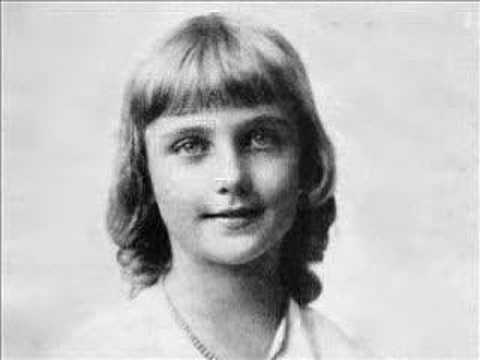
Jane thrived in California, her tomboyish energy and skill in sports earning her the respect of the neighborhood boys. Her tree-climbing and fence-scaling ruined her clothes, but Bess never discouraged her from it. In a Screenland profile, Bess’ parenting style was described as “100 years ahead of her time.” She cheered her daughter on in anything she tried, and encouraged her to find her own path, wherever that might lead her. Bess’ children were the only connections she had in California, and she needed them as much as they needed her.
Jane was particularly close to her mother, and that closeness remained all their lives. Even when Jane grew up and became Carole Lombard, she clung to Bess and missed her terribly when they weren’t together. When she was with friends, Carole would often think of her mother out of the blue. “That Bessie,” she would announce, “Is she terrific! Do you adore her? Let’s call her up.” And she would telephone her mother, including all her friends in the call. Carole and Bess saw each other nearly every day. Adela Rogers St. Johns noted that theirs was an unusually close bond, even as far as mothers and daughters went.
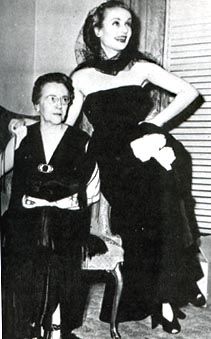
After Bess and the children left Fort Wayne, Carole rarely if ever saw her father again. Her parents had gone through what Carole referred to as a “Victorian divorce,” never officially divorcing but never again considering themselves husband and wife. She regarded herself as Bess Peters’ child and never thought much about her father. When he died in 1935, she did not attend the funeral.
Bess was an unusual woman, exceedingly tolerant and non-judgmental of her daughter or anyone. Her family had been a bit aristocratic and stuffy, while she was always sophisticated and adventurous. She was proud of Carole’s career and what she had done for herself, having once been an aspiring actress herself. She watched her daughter rise to comedic excellence and international fame, watched her receive an Oscar nomination and become one of the most respected actresses in Hollywood–not only for her work, but also for her vivacious and loving personality. “She is satisfied with the sincere friendship and love that her children offer her,” wrote Screenland magazine about Bess, “and she refuses to block with advice, tears or commands any course they wish to follow.”
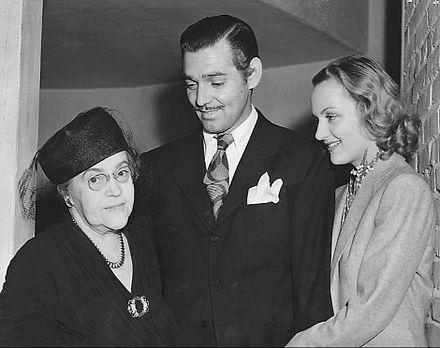
Bess Peters with Carole and Clark Gable at their wedding, 1939.
When the United States became involved in World War II, Carole immediately wanted to help. For most film stars, the way to help with the war effort was to entertain the troops and raise money, by traveling to bond rallies in various American cities. Being a native daughter of Indiana, the natural place for Carole to go was Indianapolis, and there she went in mid-January of 1942, raising over $1 million in bonds during her time there. Bess was there with her, lending her daughter support and cheering her on as always.
To get back to Los Angeles on January 16, 1942, Carole and Bess boarded TWA Flight 3 which would leave from Indianapolis and refuel in Nevada before heading to its final destination. The details of what happened that night are well known. If you are curious, I would recommend reading Robert Matzen’s excellent book Fireball, but what is relevant here is that due to blackouts and severe lack of visibility, TWA Flight 33 crashed violently into Mount Potosi in the Sierra Nevadas, killing everyone onboard. The crash site where Carole and Bess died together is now a de facto cemetery, virtually untouched since the night of the crash 77 years ago.
In her memorial of Carole Lombard, Adela Rogers St. Johns wrote of the “strong and tender” Carole, remarking on her close relationship with Bess as evidence of who she was as a person. At the close of her section about Bess, she writes: “Someone said to me this morning that it seemed so awful that her mother should have been killed, too. I can’t feel that, knowing them. It would have been so awful for the one that was left.”
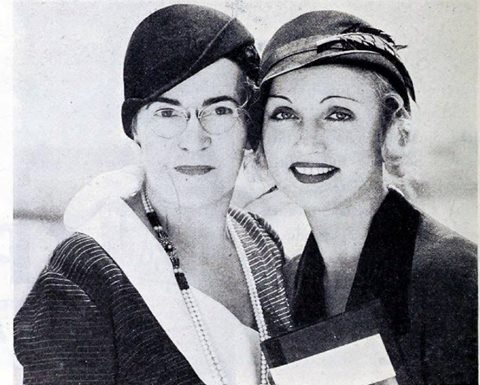






_01.jpg)









































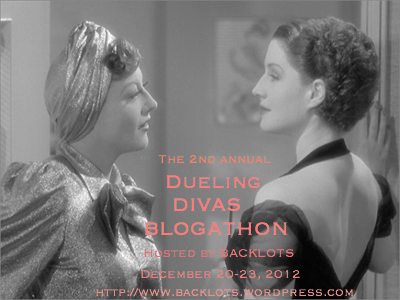







_03.jpg)

